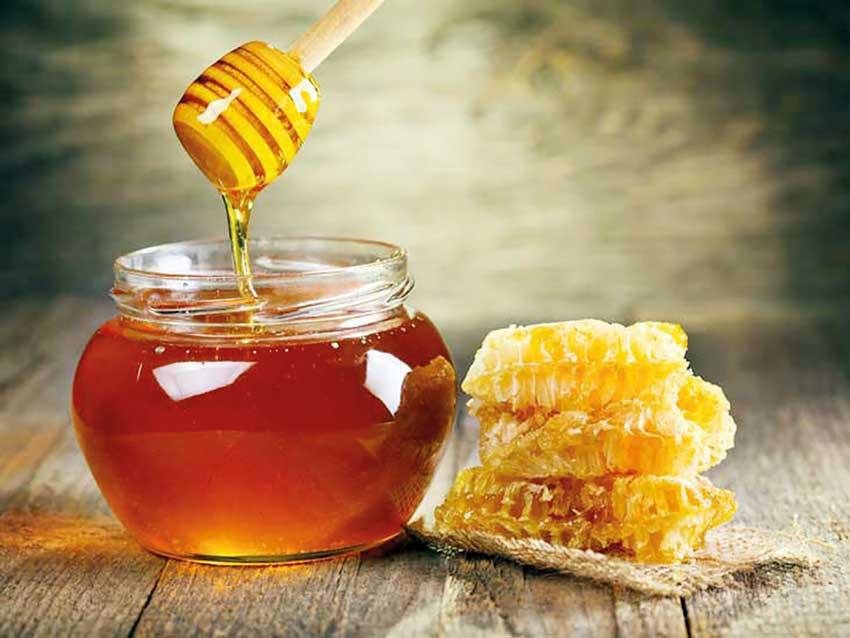Reply To:
Name - Reply Comment

 A wise man once said “If the bee disappeared off the face of the earth, man would only have four years left to live”.
A wise man once said “If the bee disappeared off the face of the earth, man would only have four years left to live”.
Even if the exact science behind this statement is debatable the range of benefits bee’s honey carries cannot be demeaned at all as it has been considered to be one of the most precious products of nature since ancient times. Bee’s honey is extensively used in both traditional and modern medicine owing to its time-proven, universally accepted medicinal, dietary and
cosmetic properties.
Bees produce honey by collecting sugar-rich nectar from flowers; the honey is a clear liquid made up of around 80% water and complex sugars. In the hive, bees use their ‘honey stomachs’ to ingest and regurgitate nectar in cycles until it is partially digested. This process is continued until the product reaches the desired quality and after the final regurgitation, the honeycomb is left unsealed where the partly processed raw honey which is still high in water content and natural yeast would cause fermentation, if left unchecked. Raw honey produced this way is stored in honeycomb cells to dry and the process continues as bees inside the hive fan their wings, creating a strong draft across the honeycomb thereby enhancing the evaporation of about 80% of the water. Once this is over, the cells of the honeycomb are sealed with wax, making honey preserved for years.
Can’t hurt-might help
Bee’s honey falls into this ‘can’t hurt, might help’ type of functional food and natural remedies and carry a number of health benefits.
According to evidence based literature compiled over years, honey is known to have several health benefits owing to its antiseptic, antimicrobial, antipyretic, anti-inflammatory, antiallergenic, antitoxic, sedative, laxative, antioxidant, healing and cleansing, moisturizing and blood-purifying properties. It also promotes rehydration and immunity and is used as a therapeutic agent for most of the skin conditions in traditional medicine as well as in modern medicine especially in cosmetology.
Hard times ahead
Like how most of the valuable components of nature are at a risk of declination, extinction or death, bee colonies around the world despite their tight social cohesion and skills on sustainability are facing a dilemma. In many parts of the world, colonies in large numbers have been dying, by a syndrome dubbed as ‘Colony Collapse Disorder’ (CCD). This phenomenon refers to the disappearance of the majority of worker bees in a colony along with the nurse bees who take care for the Queen and up-coming generations, despite having plenty of food survival.
Even though the exact science behind this phenomenon is not explained in details, the threatening acts of humans as always must be playing a significant role in a direct or indirect manner, making us lose another valuable entity of nature.